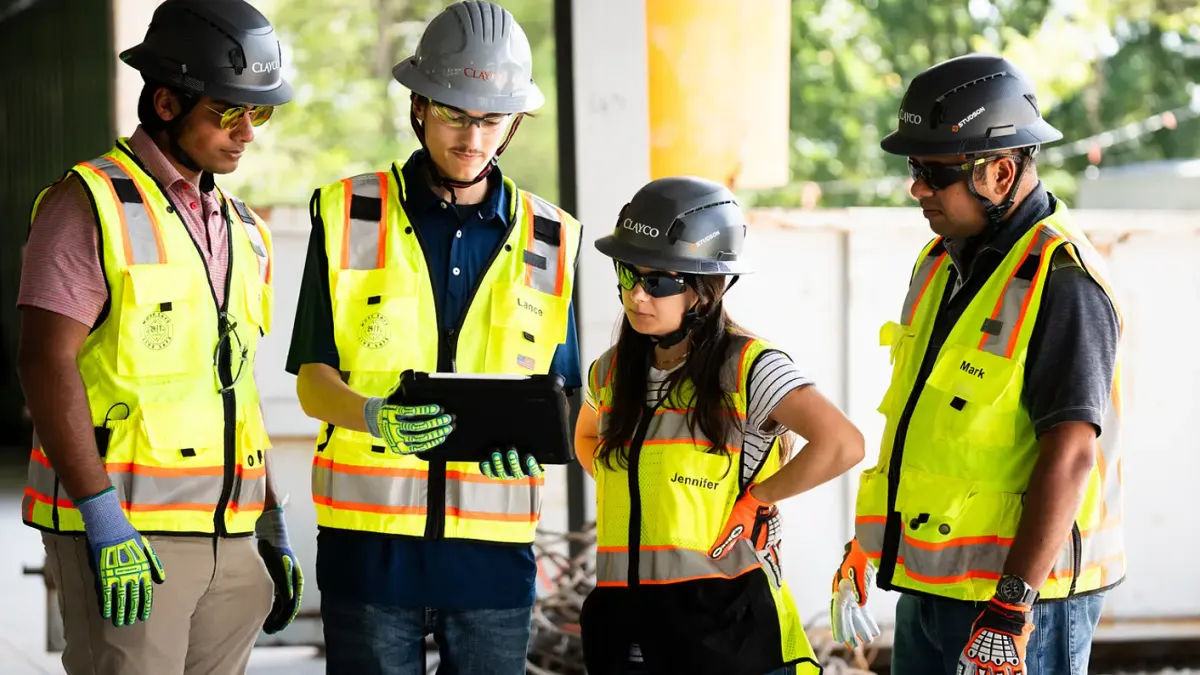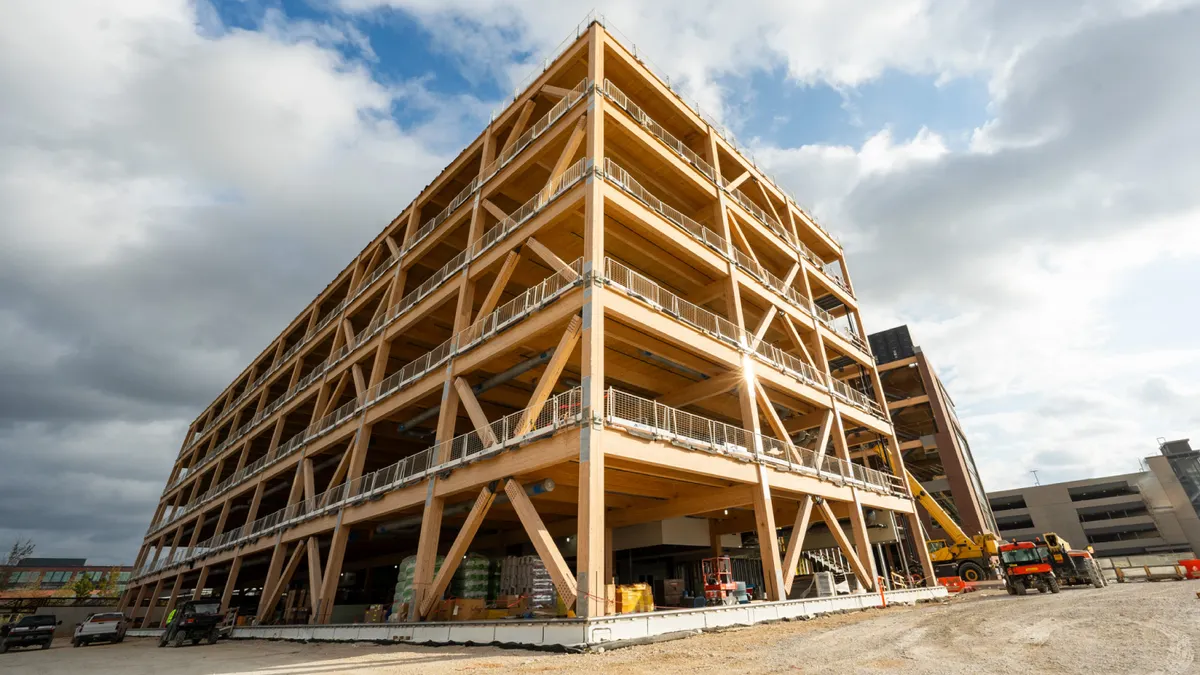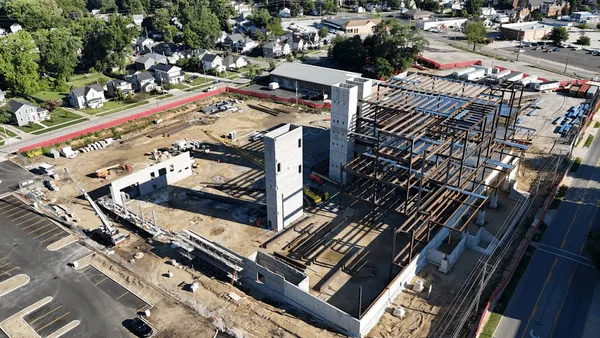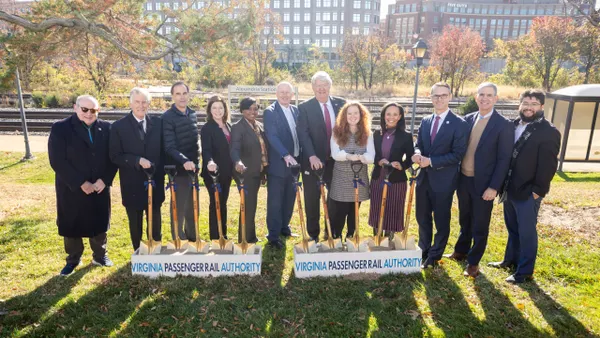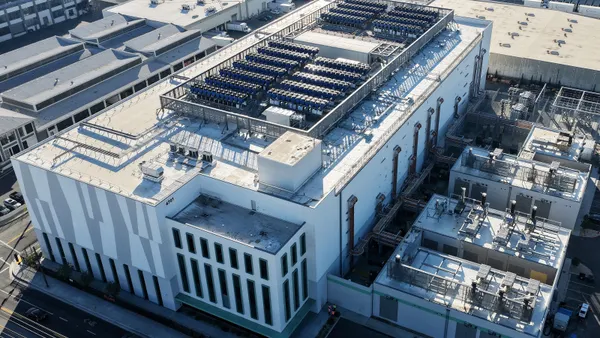Dive Brief:
-
Months after a spillway failure forced the temporary evacuation of 188,000 Sacramento, CA, area residents, independent safety experts say poor design and construction, as well as inadequate inspections, caused February's collapse at the Oroville Dam, The Mercury News reported.
-
Thin concrete, insufficient foundations and ill-placed drains caused water to seep through cracks and seams in the dam. Officials said the state could have found such faults if it had used contemporary engineering standards to inspect the 50-year-old structure, though that still could not have corrected the initial problems.
-
The Association of State Dam Safety and the U.S. Society on Dams are performing an independent review of the incident to inform other dam managers of failure warning signs. State and federal teams are also investigating the collapse.
Dive Insight:
California officials selected Kiewit Corp. to take on the massive repair project. The $275.4 million contract is on schedule to complete reconstruction of the main spillway by November, in time for the state's rainiest season, according to drone footage from the California Department of Water Resources.
Still, some worry the repairs aren't enough and that leaks or total failure are still possible. Researchers from the University of California, Berkeley, said in a report this week that a "green spot" in the dam points to more water seepage and a poor drainage system. Although the dam did not collapse as a result of February's incident, the spillway failure raised awareness of the potential devestation such a collapse could cause to nearby communities.
Though the Oroville Dam itself didn't make the Trump administration's list of 50 high-priority infrastructure projects, repairs to the nation's dams are on the table for the potential $1 trillion spend. Dams in Ohio and South Carolina did make the list, as did hydroelectric plants operated by the Army Corps of Engineers.
The category received a D letter grade from the American Society of Civil Engineers on its latest Infrastructure Report Card, with the number of high-hazard potential dams reaching more than 15,000 last year. ASCE estimates repairs to those dams at $45 billion.
Still, experts say discussion of a full-fledged infrastructure spending plan could be pushed to the back burner until early next year as Congress sorts out issues like tax reform and raising the debt ceiling. Meanwhile, states are passing their own infrastructure spending plans, though many of those bills are geared toward highway, road and bridge repairs.



